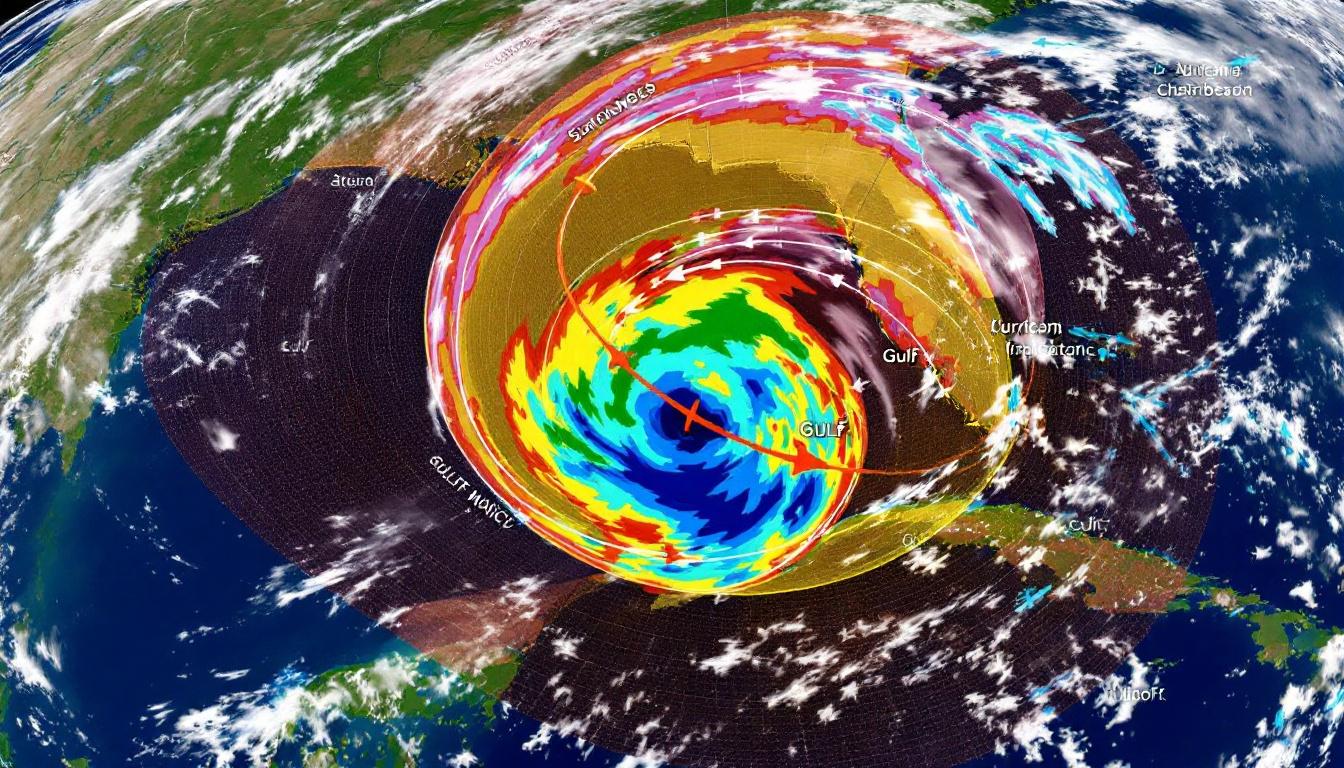As of August 2025, Florida’s weather is calm, but storm trackers are warning that the quiet may not last much longer. Despite a slow start to the season, forecasters at NOAA and the National Hurricane Center expect a surge in activity before hurricane season ends. Authorities urge all Floridians to get ready now, with the peak risk still ahead.
A Slow Start — But Don’t Let Your Guard Down
The first half of the 2025 Atlantic hurricane season has seen less activity than many expected, with only a handful of named storms forming and none yet threatening Florida directly. However, scientists warn that the second half—especially September and October—could bring more action.
NOAA’s most recent forecast still calls for an “above average” season: up to 18 named storms, 5 to 9 hurricanes, and at least 2 major ones. Warm ocean waters in the Gulf of Mexico and Atlantic, plus new La Niña conditions, make rapid hurricane intensification more likely when storms do form.
The Science Behind Storm Predictions

Meteorologists focus on several key factors to make their predictions:
- Sea surface temperatures in the Atlantic and Gulf, both now at record highs
- Atmospheric pressure “ridges” over the Atlantic, which can steer storms toward the U.S.
- Wind patterns over North America, which help block or guide hurricane paths
When the right combination of high ocean heat and steering currents aligns, the risk of a Florida landfall jumps, even late in the season.
Florida Prepares: Lessons from Past Storms

Many Floridians are already getting ready. Stores report brisk sales of bottled water, plywood, and batteries. Community leaders urge everyone to have a plan, double-check supplies, and know local evacuation routes well in advance.
Schools, hospitals, and emergency shelters review plans every year, updating communication and first response systems. In recent years, even inland counties have seen flooding and wind damage—reminding everyone that hurricanes aren’t just a coastal problem.
What Forecasters Say Next

The latest guidance says the odds of a major hurricane hitting the United States this season are now around 50%. The most likely scenario: two or three landfalls somewhere in the U.S., with Florida always among the states most at risk. Tiny changes in pressure, wind, or water can dramatically shift a storm’s course, so residents should watch forecasts closely.
Meteorologists are urging continual vigilance, not only as the busy months approach but through the entire season. The warm Gulf waters are a potential fuel for last-minute storm growth right before landfall.
The Takeaway: Prepare Early, Stay Ready
- Get supplies now—don’t wait for a storm warning
- Review your evacuation plan and stay connected to official alerts
- Follow updates from trusted TV stations and the National Hurricane Center
- Remember: hurricane tracks can change fast, and all of Florida is considered at risk
To contact us click Here .

